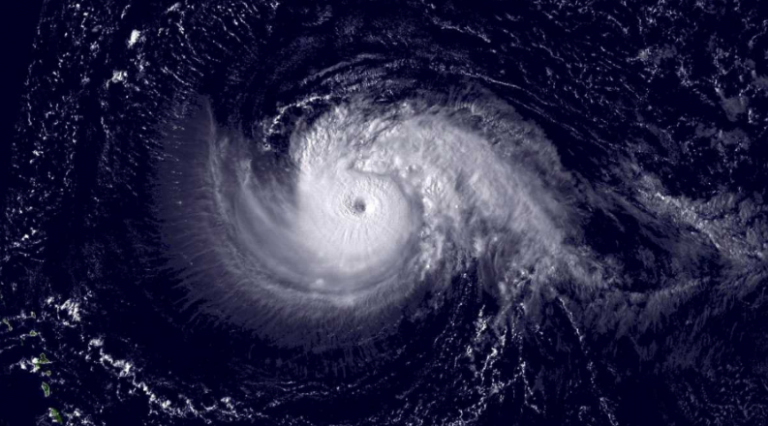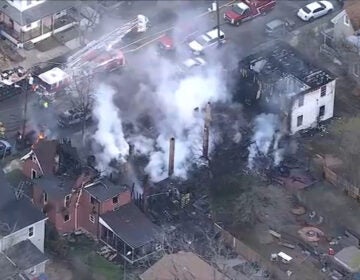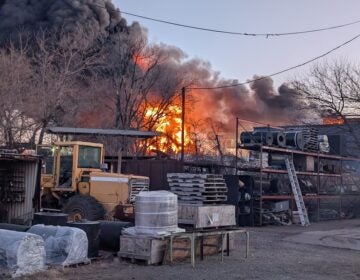With hurricane season peak approaching, experts predict below average activity
The Atlantic hurricane season will likely feature fewer storms than average.

A NOAA satellite image of Hurricane Isabel taken on Sept. 10, 2003.
The Atlantic hurricane season will likely feature fewer storms than average, according to an updated outlook by Colorado State University experts.
The outlook released on Thursday states that the activity will be quieter than normal due to cooler than average ocean temperatures, very dry air in the areas where hurricanes typically form in the tropics, and strong vertical wind shear across the Caribbean.
The forecasters predict three hurricanes, nine named storms, one major hurricane, and a below average probability of a major hurricane making landfall in the United States.
In late May, NOAA’s outlook called for near- or above-normal activity, with a 70 percent likelihood of 10 to 16 named storms (sustained winds of 39 miles per hour or higher).
An average season produces 12 named storms of which six become hurricanes, including three major hurricanes.
Hurricanes thrive with warmer waters, a moist and unstable atmosphere with thunderstorm activity, and weaker wind shear.
According to Weather Underground, “wind shear hurts tropical cyclones by removing the heat and moisture they need from the area near their center.”
FEMA atmospheric scientist Micheal Lowry says that the wind shear in July across the Caribbean was the fifth highest since 1979.
Wind shear this July across the Caribbean was some of the highest recorded back to 1979: #hurricanes
1. 45.3 kt – 2015
2. 38.4 kt – 1987
3. 36.9 kt – 1986
4. 36.0 kt – 2002
5. 35.5 kt – 2018 pic.twitter.com/3J0R2JLKsR— Michael Lowry (@MichaelRLowry) July 31, 2018
Some Atlantic basin seasons feature below average activity but still result in a devastating storm, like Hurricane Andrew in 1992, while others like 2010 — third most active season on record — did not feature a hurricane making landfall.
“Coastal residents are reminded that it only takes one hurricane making landfall to make it an active season for them, and they need to prepare the same for every season, regardless of how much activity is predicted,” according to the Colorado State University outlook.
The 2018 Atlantic basin hurricane season will end on November 30. The season peaks in September, and 80 percent of named storms between 1981 and 2010 have formed between August and October.
FEMA offers the following easy, low-cost steps to get prepared now:
- Have a family discussion about what you will do, where you will go and how you will communicate with each other when a storm threatens.
- Know your evacuation route.
- Tune into your local news or download the FEMA app to get alerts.
- Listen to local authorities as a storm approaches.
WHYY is your source for fact-based, in-depth journalism and information. As a nonprofit organization, we rely on financial support from readers like you. Please give today.




